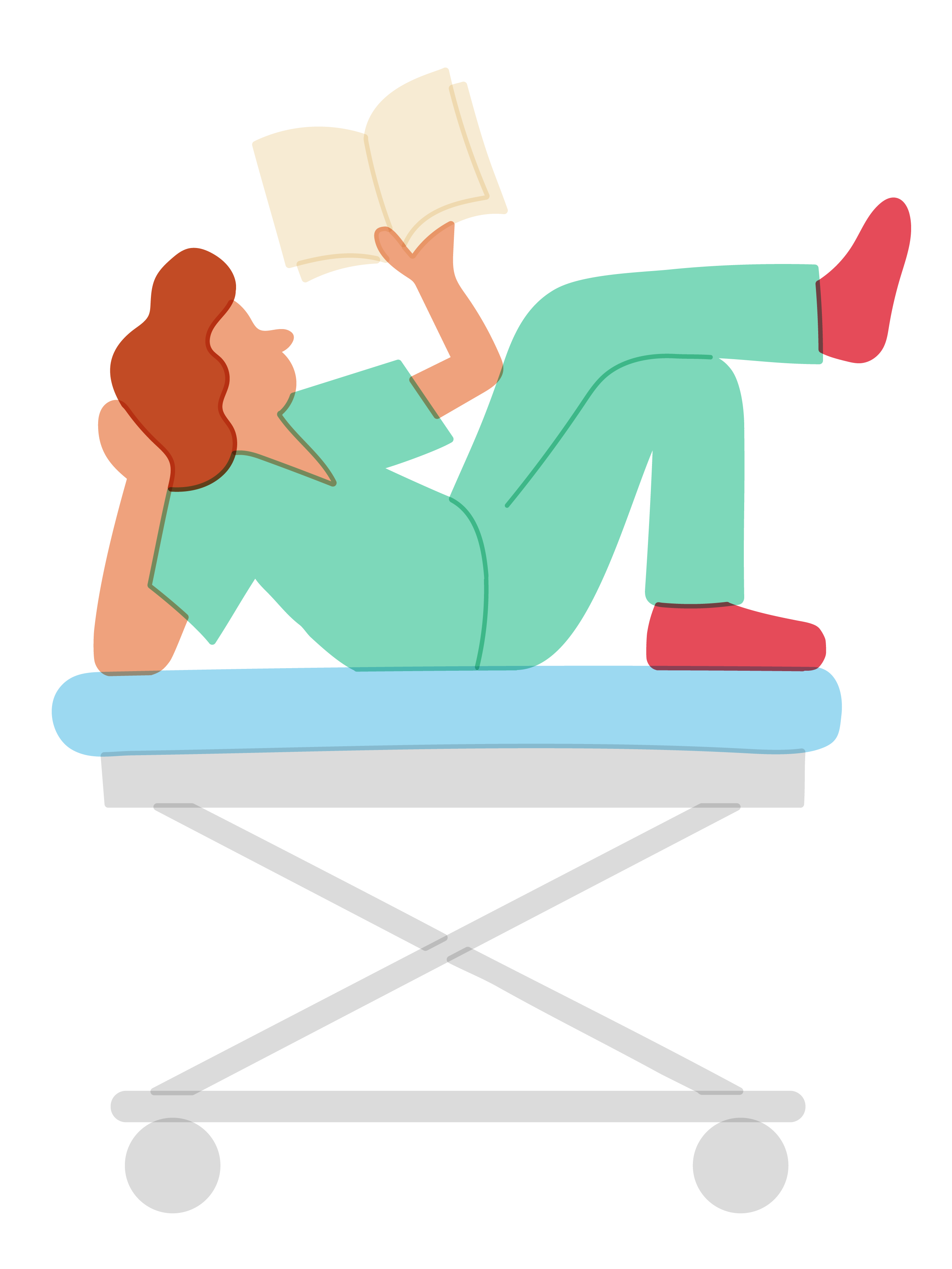Have you ever wondered how the human body developed such diverse, specialized organs? How cells in our body can each be so different from one another and perform such different functions? Or how our body replaces damaged tissue in healing and repair?
For much of our formation, regeneration, and specialization – we have stem cells to thank.
So what are stem cells?
Stem cells are (1) self-renewing cells that (2) can differentiate into different forms of cells. For a cell to be formally classified as a stem cell, these two requirements must be met.
In basic terms, this means that a stem cell is an individual cell that can form more versions of itself and that can differentiate into a more specialized cell. For an analogy, imagine a stem cell as a high school student (of course, not very realistic, but play along with me). The student would be classified as a stem cell if they can create various versions of themselves (think instantaneous twins!) AND if they can then choose a specific career path and specialize into that role. For example, a high school student can specialize into undertaking the role of a doctor, a construction worker, or a lawyer. For this analogy, once the student specialized into a specific job/role, they can’t go back in time and become something else, but the previous twins of itself that the initial student created can choose a different path and different role. In having many different high school students who each choose different paths, the initial student now built a community of individuals who each have a different role and can create a well-functioning community (or for stem cells, a body!).
There are 4 main categories of stem cells, some able to differentiate into more roles than others. To continue with our analogy, this is like having 4 different types of students in different stages of their education.
Types of Stem Cells
- Totipotent Cells are the least specialized types of stem cells. The zygote, or the fertilized egg, is a totipotent cell – it can become any cell in the human body or into the placenta. These are the Kindergarten students with all the specialization potential.
- Pluripotent Cells are the “daughters” of the initial totipotent cells that became human body precursors. These cells can differentiate into any cell of the embryo, but NOT the placenta.
- Multipotent Cells are lineage restricted. They have already differentiated into either ectoderm, mesoderm, or endoderm cells (3 different categories in embryologic development) and must stay within this path. Examples are hematopoietic cells, somatic cells, etc.
- Unipotent cells are the most differentiated, and here, the cells can only become one cell type (liver cells, red blood cells, etc.). These are the graduate students already preparing for their respective careers.
To help you remember the order of the specialization tree, I like the mnemonic Toilet Paper Must (be) Used.
Toilet – Totipotent
Paper – Pluripotent
Must (be) – Multipotent
Used – Unipotent
Stem cells have so much potential for the future of research and medicine – they can provide us the opportunity to create new organs for those in need or to regrow damaged tissues that are beyond repair. They give us hope into a future where we can create new limbs for amputees, grow organs that had to be removed from cancer patients, or pave the way for regenerative medicine.

Comments